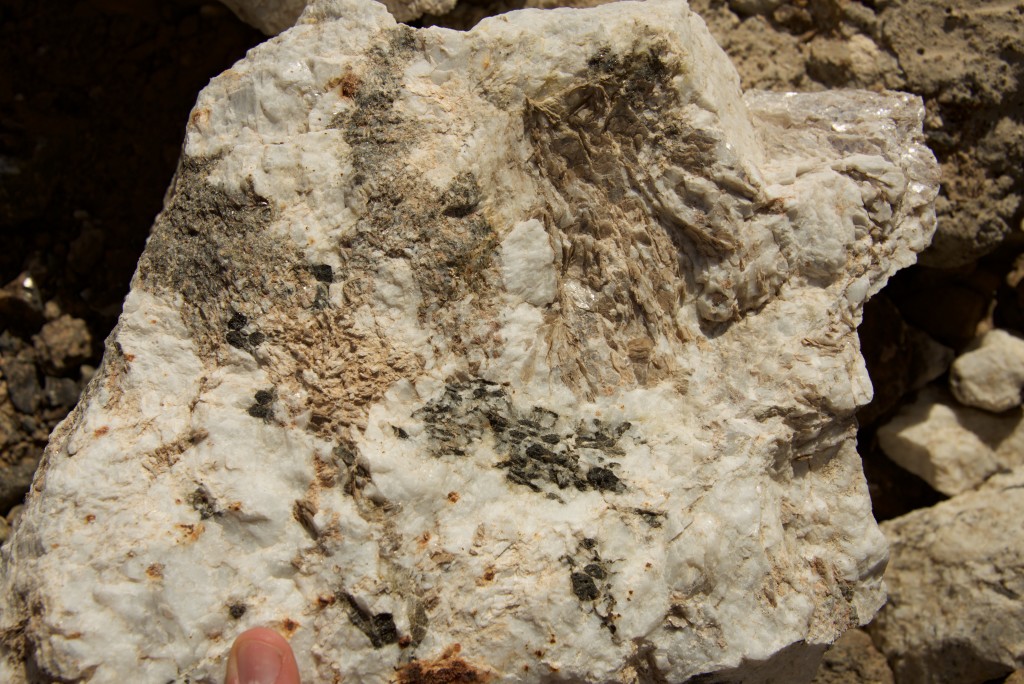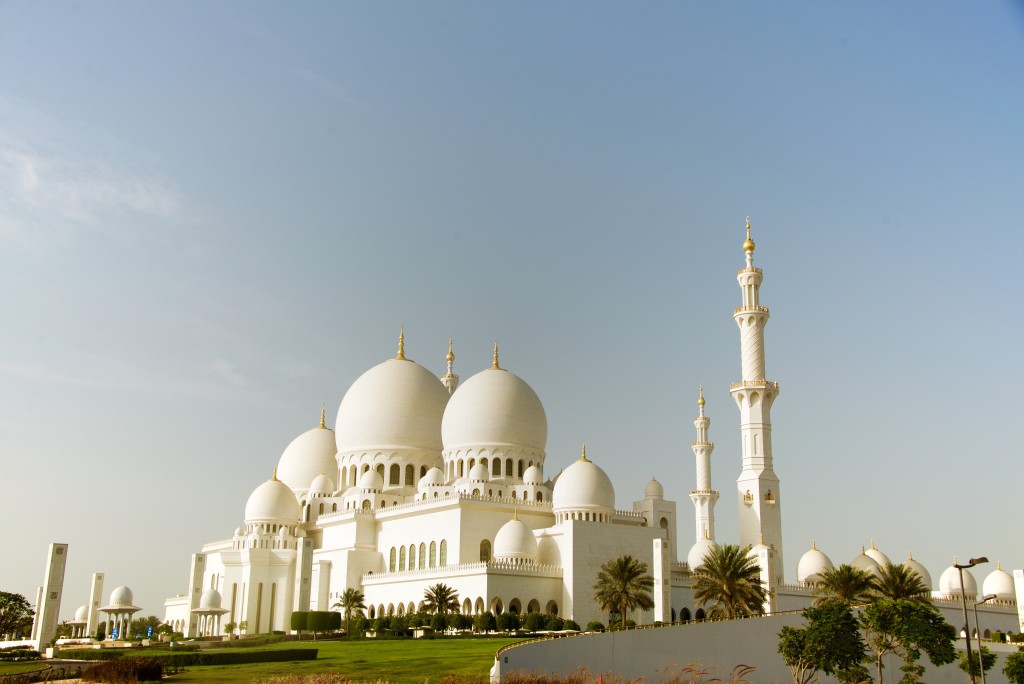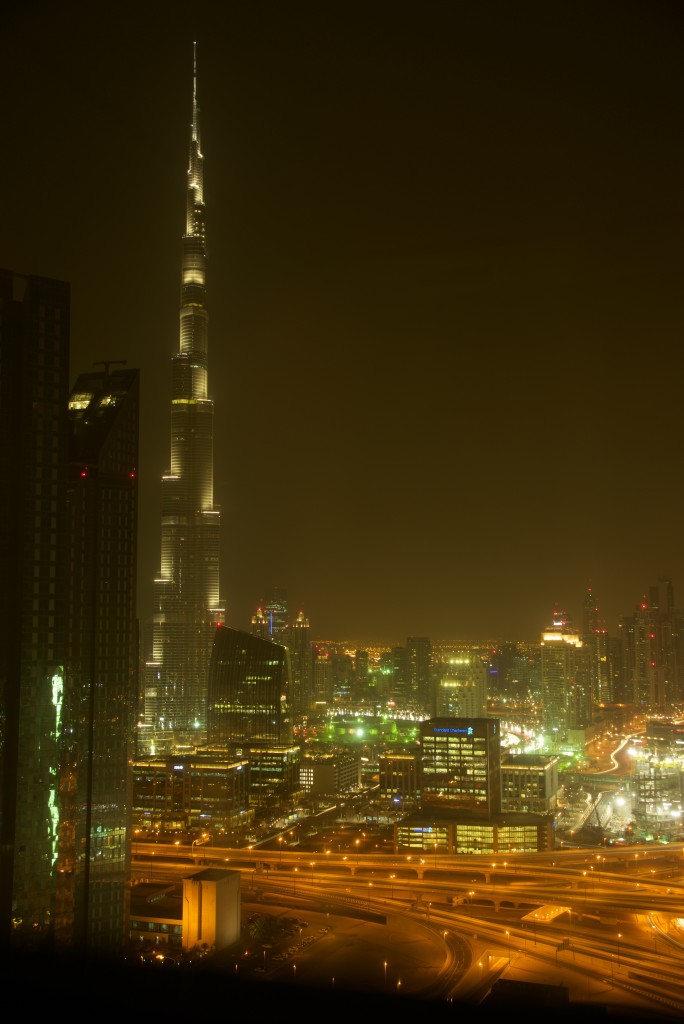The last bit I wrote about the Anthropocene was one of skepticism and incredulity. The idea that the past 200 (or even 2 million) years of our genus would amount to anything more than a few plastiglomerate horizons in the geologic record seems to me exaggerative and inflammatory. There are others in the Earth science community who feel that the Anthropocene is a real and important distinction in the geologic time scale. Where these two sides fail to see eye to eye is simply a matter of perspective. I am not speaking of one having perspective and the other not (queue Anton Ego), rather I am referring to temporal perspective.
As an isotopic geochemist, I utilize radiogenic isotopes to assess the chronology of geologic processes. In the world of radiogenic isotopes (i.e. atoms of a certain element with a different number of neutrons and protons produced by radioactive decay) there are some isotopes that change very rapidly (e.g. 14C to 12C) and there are others that change very slowly (e.g. 176Lu to 176Hf). It only takes 5730 years for half of a given quantity of 14C to decay to 12C, whereas it takes 38.5 billion years for half of 176Lu to decay to 176Hf. This massive different in isotopic half-lives makes these isotopes useful in assessing different geologic processes. It would be futile to measure the decadal changes in active volcanoes using lutecium and hafnium isotopes and likewise to assess billion year supercontinent cycles with carbon isotopes.
So back to perspective, the Earth is 4.55 billion years old. Over that time period the Earth has seen many changes and the vast majority of the Earth’s crust has been reworked and recycled in dramatic ways. For a deep perspective geochronologist, the ocean crust doesn’t leave much evidence in the multi-geon geologic record (a geon is 100 million years). The oldest oceanic crust on the planet today is ~180 million years old and is found near the Mariana Trench. The small vestiges of continental crust that still remain that are older than the West Pacific form slivers of ophiolite now found in the core of many of Earth’s modern mountains (e.g. Liguria, Alps, Himalaya, Tibet, Burma, Oman, UAE, New Guinea) but do not make up any significant portion of the preserved geologic record.
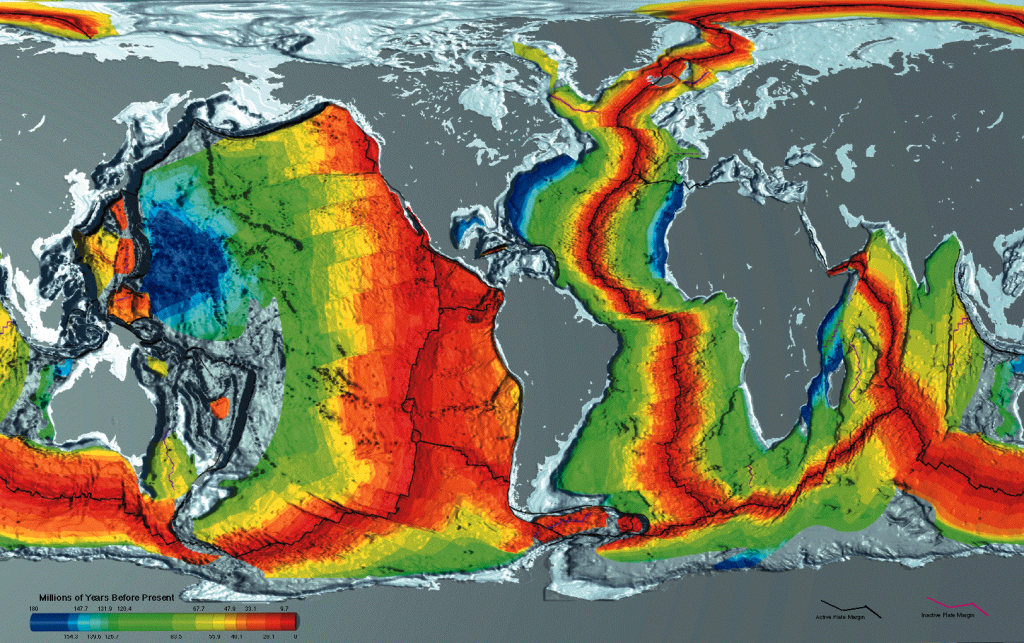
Age of oceanic crust; youngest (red) is along spreading centers and oldest along the margins of continents. Image from NOAA.
It is generally through orogenic events and the assembly of supercontinents that large proportions of the continental crust are built up and preserved. During the continental collisions that are associated with the formation of a supercontinent, large volumes of magma are often emplaced in the crust near the termination of the orogeny. These additions to the continental crust occur over 10’s of millions of years and for simply a small part of the (at times) geon timescales seen in the orogenic cycle (subduction to collision to rift).
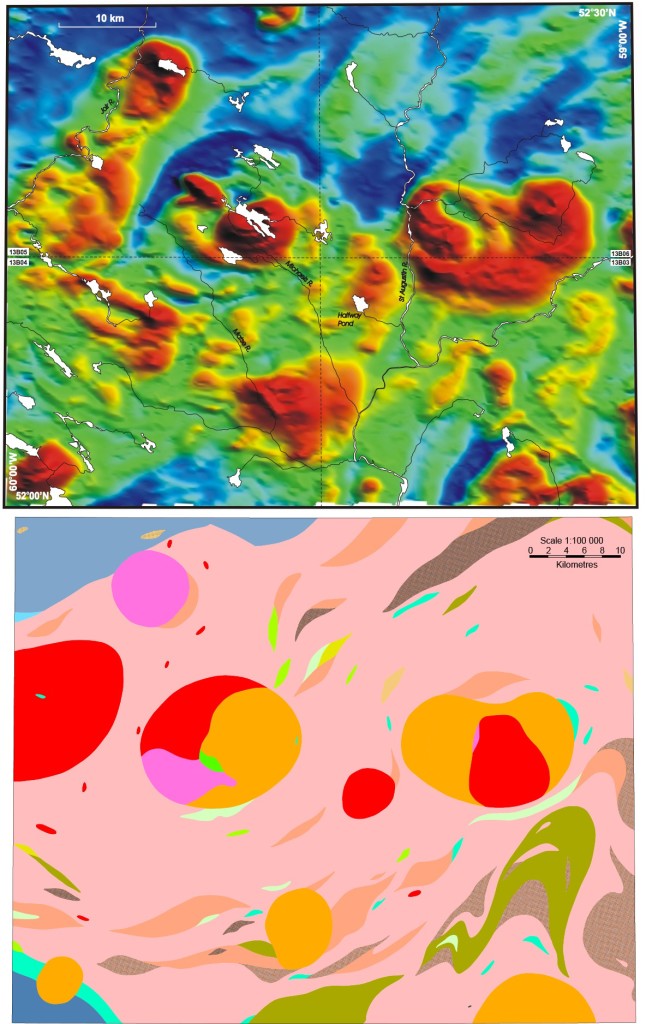
Top: Colour shaded-relief aeromagnetic map of the St Augustine River region. Reds = high; blues = low. From Gower, 2001. Bottom: Simplified geologic map of the same region. The ellipical bodies are granitoid intrusions associated with the Grenville Orogeny seen as magnetic highs in the top map. From Gower, 2010.
When considering the impact of the human race in the geon timescale, I find it ludicrous to argue we will have made a significant impact. In 100 million years, the evidence of our existence mostly removed by geologic processes. The world’s largest open-pit mines will be but small dimples, mostly filled in from the collapsed sidewalls. The massive anthropogenic islands made by the Emirates will be washed away by longshore drift. The Manhattan skyline will be reduced to rubble reworked by the rising tides. I imagine with time, geologic time that is, what remains of the terrestrial human race will be reduced to a single iron, concrete, brick, and glass conglomerate unit maybe a few hundred metres thick, perhaps more if we are able to perpetuate our civilisation beyond the next millennium. Likely the longest lasting legacy will be the robotic sentinels we (will) have sent to planetary bodies through the solar system. As there is very little active tectonism and erosion on Mars and the Moon, these implements will remain very much how they are today for many years to come.
During a recent trip to the United Arab Emirates, as we made our approach into Abu Dhabi, I was amazed by the vast emptiness of the Arabian peninsula. The sand seas seem to continue forever, mountains jut skyward with little warning, and the surf endlessly batters the sculpted shoreline. The UAE hosts an impressive diversity of geology. From its Neoproterozoic basement and salt domes, to the Semail ophiolite and the modern sabkhas. I was particularly interested in the Cretaceous granites bearing lithium- and boron-rich minerals such as lepidolite and tourmaline.
I was also impressed by the massive skyline that have erupted out of the desert in the past few decades. The difference between the timescales on which these two forces operate could not be on further ends of the temporal spectrum. The geology of the Arabian peninsular extends back over 2 billion years whereas 50 years ago Dubai was minor desert settlement. If permanence is the desire, the Emirates should worry less about the oil running out and they should worry more about erosion and corrosion of their steel and stone monoliths over the next ten thousand years. Over the next tens of millions of years, the problem will likely be an ocean transgression that will bury their coastal cities beneath hundreds of metres of water followed by kilometres of sediment.
When considered on a shorter timescale, humans have caused tremendous shifts in the landscape and ecosystems. The increasing expulsion of anthropogenic CO2 is leading to thinning of the upper atmosphere. I imagine there are very few reputable Earth scientists who would deny the need for humans to recognise our impact on the planet. However, if we are going to move forward as objectively as possible discussions about the anthropocene and the impact of human activities should be tempered with clear distinction of the time scale of that impact. The major impacts of the anthropocene we speak of are decadal and in some cases centennial. When placed in the broader context of whole Earth history, this is simply an infinitesimally small drop in the ocean.
![]() This work is licensed under a Creative Commons Attribution-NonCommercial-ShareAlike 4.0 International License.
This work is licensed under a Creative Commons Attribution-NonCommercial-ShareAlike 4.0 International License.


